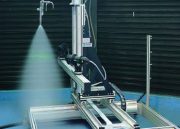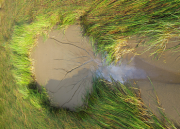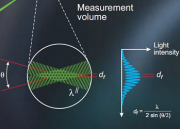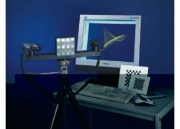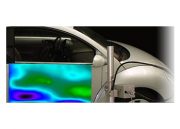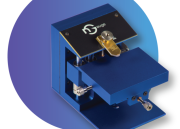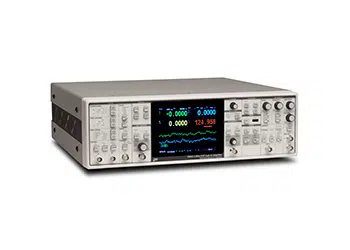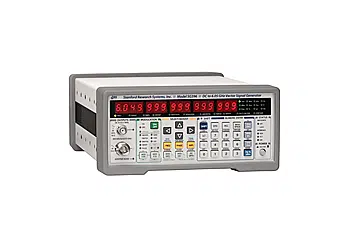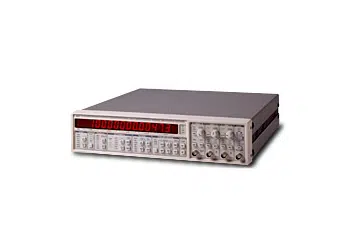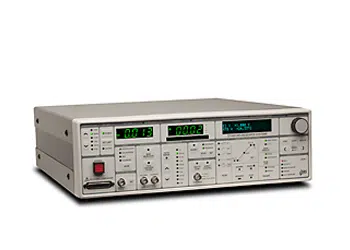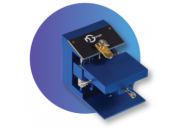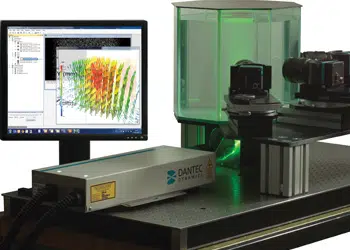Volumetric – PIV
Volumetric Velocity - TOMO PIV
Resolve the full 3D characteristics of flow phenomena
Flows do have a strong three dimensional behavior! With planar and Stereo-PIV this 3D motion is often not measurable. Thanks to the latest DynamicStudio Add-ons for Volumetric Velocimetry (VV), scientists are now able to measure the 3D characteristics. No matter if Lagrangian trajectories of the particles paths are of interest or routines for high resolution Eulerian data, DynamicStudio offers solutions for all needs.
Infos / Datasheet
What is needed
Volumetric Velocimetry is based on the idea of PIV. All you need to make VV measurements with a good accuracy is more cameras, the software and a Volumetric illumination system.
Hence, if you already have a PIV system is can most likely be upgraded to a Volumetric system.
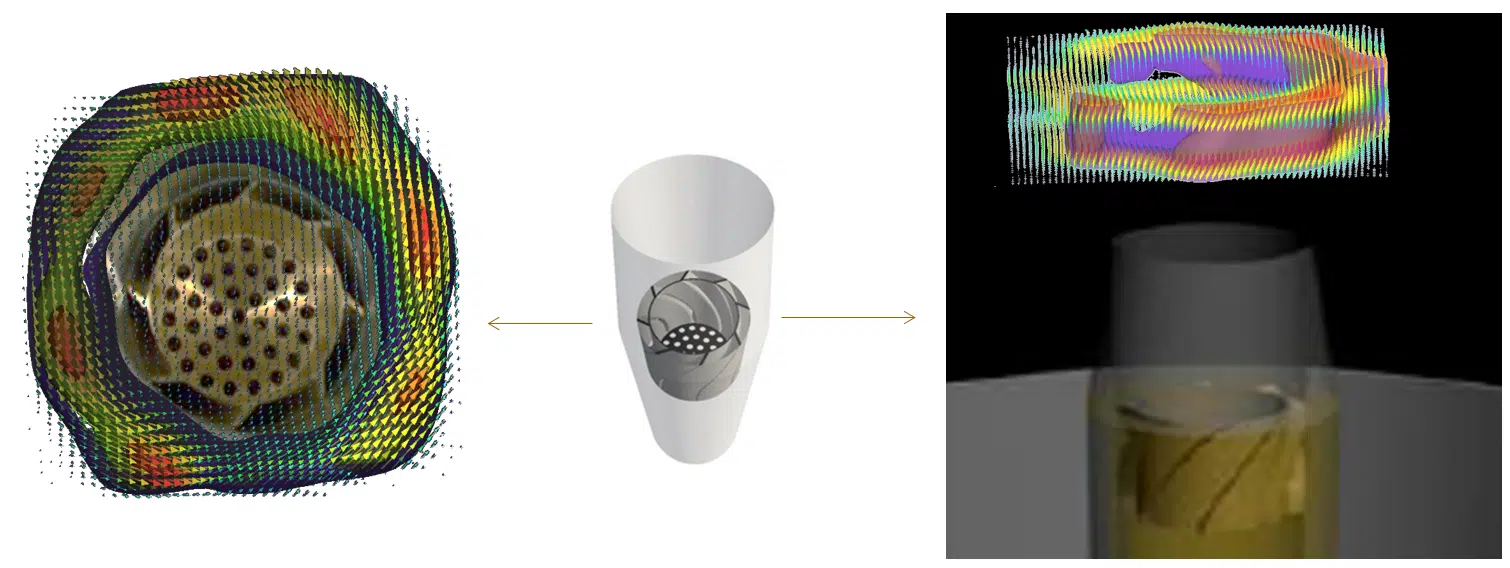
Overview of the nozzle from the low swirl burner Outer Part: swirler (fast flow speeds) Inner Part: perforated plate (slow flow speeds)
Different algorithms for fast and accurate analysis
Tracking based or reconstruction based algorithms are selectable to generate the data type users need. Furthermore, different reconstruction approaches can be chosen this enables neither a short calculation times or highly accurate reconstructions.
Key Benefits of DynamicStudio
- DynamicStudio offers different packages for Volumetric Velocimetry to find a solution for nearly all different sorts of experiments
- Users can chose between tracking and Least-Squares Matching based solutions
- Different routines offer different benefits hence different reconstruction approaches from the very fast MinLos to the high performance but also demanding Motion Tracking Enhancement reconstruction
- Generate volumetric results already from a two camera solution
- GPU acceleration for faster processing
- Proven and evolved features, DynamicStudio offered the first 3D PTV algorithm already in 2008
- Planar systems are suited to be upgraded to a volumetric system
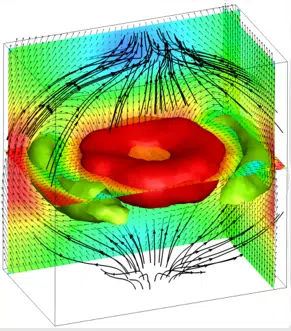
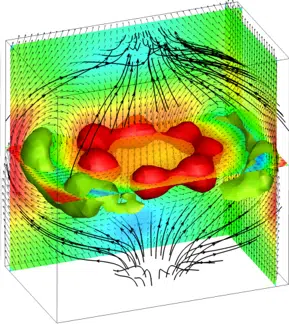
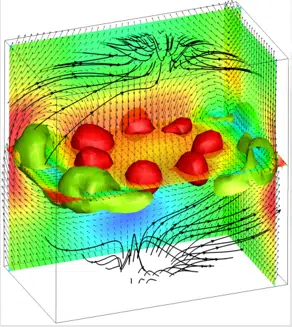
Temporal evolution of a vortex-ring, from the laminar start on the left until shortly before the turbulent break up on the right. The color in the slices represents the absolute velocity, the green iso-surface indicating the vortex core and how this becomes deformed over time. The red iso-surface shows upward direct velocity component indicating the different pockets which form during the evolution driven the evolution of secondary vortices. See Brücker et al (2013) “Single-view volumetric PIV via high-resolution scanning, isotropic voxel restructuring and 3D least-squares matching (3D-LSM).” MST 24 / 2013
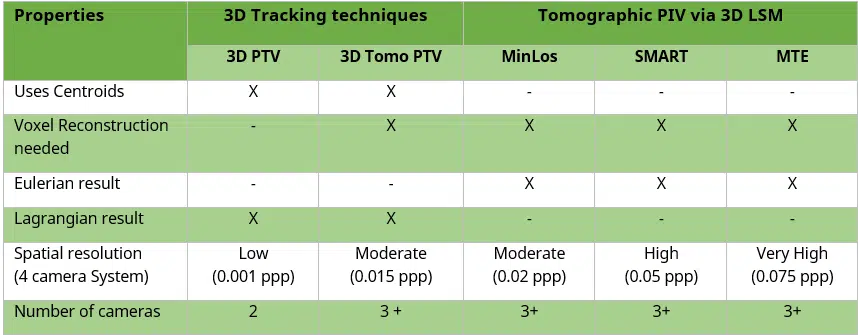
Sie sehen gerade einen Platzhalterinhalt von Google Maps. Um auf den eigentlichen Inhalt zuzugreifen, klicken Sie auf die Schaltfläche unten. Bitte beachten Sie, dass dabei Daten an Drittanbieter weitergegeben werden.
Mehr Informationen




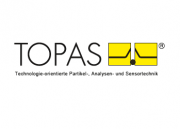
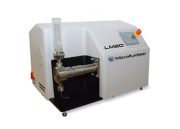
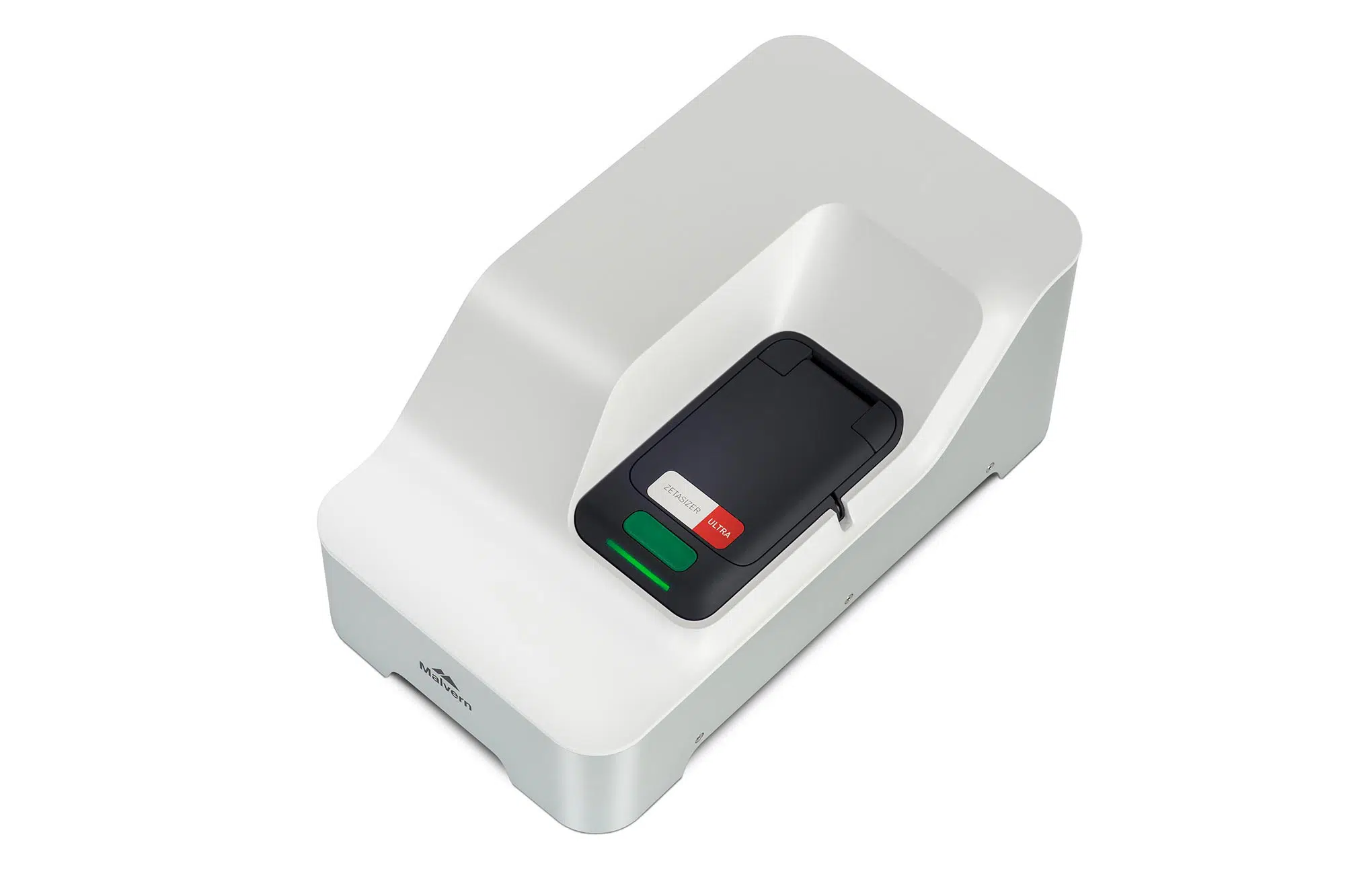
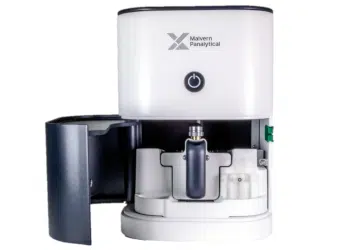



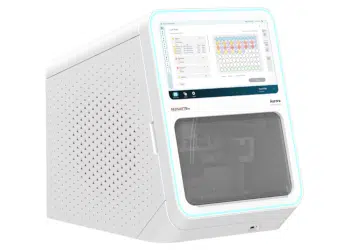
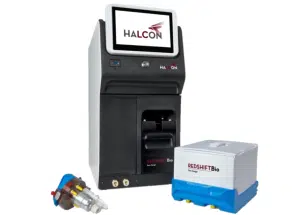

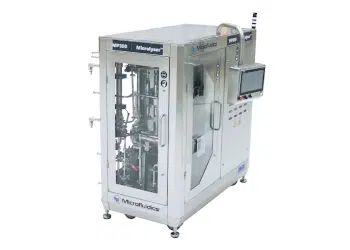
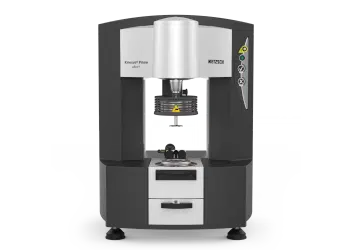

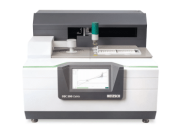






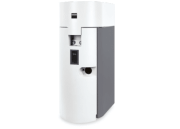


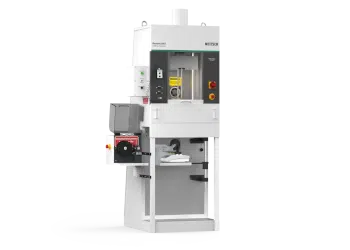
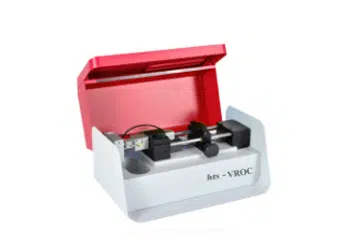
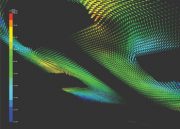

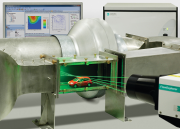
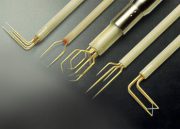
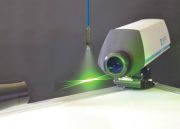
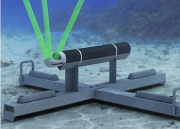
![[:de]kategorie_stroemung_staudruck[:en]kategorie_stroemung_staudruck2[:] [:de]kategorie_stroemung_staudruck[:en]kategorie_stroemung_staudruck2[:]](https://www.prager-elektronik.at/wp-content/uploads/2018/01/kategorie_stroemung_staudruck2-180x129.png)
